Natural disasters are a formidable force, reshaping landscapes and lives in their wake. With the frequency and intensity of these events on the rise, it’s crucial for homeowners to be proactive in safeguarding their properties. This blog post delves into various strategies to fortify homes against the onslaught of some of nature’s disaster, from understanding local risks to implementing structural reinforcements. The objective is to provide actionable insights that not only enhance home safety but also offer peace of mind in the face of unpredictable natural phenomena.
Contents
Understanding Your Risk
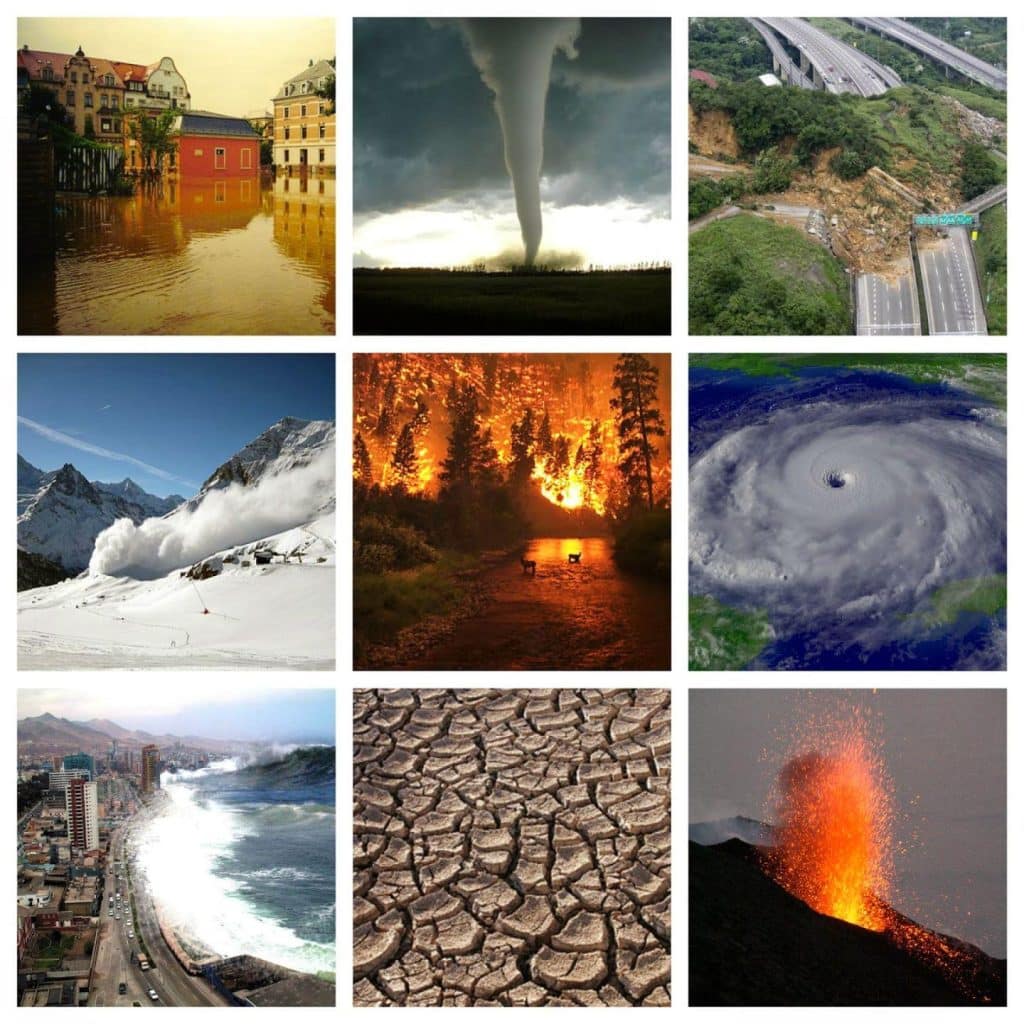
Homeowners should start by evaluating the specific natural disaster risks prevalent in their region. Whether it’s the threat of floods, hurricanes, earthquakes, or wildfires, understanding these risks is the first step towards effective home protection. Local hazard maps and disaster probability statistics are invaluable resources in this endeavor, offering insights into the frequency and severity of potential disasters. By tailoring their protective measures to address these specific risks, homeowners can significantly bolster their defenses against natural calamities.
Equally important is staying informed about the evolving nature of these risks. Climate change, for instance, is altering the landscape of natural disasters, making some areas more prone to certain events than they were in the past. Regularly consulting with local disaster management authorities and keeping abreast of updated risk assessments can ensure that homeowners’ protective measures remain relevant and effective.
Structural Reinforcement
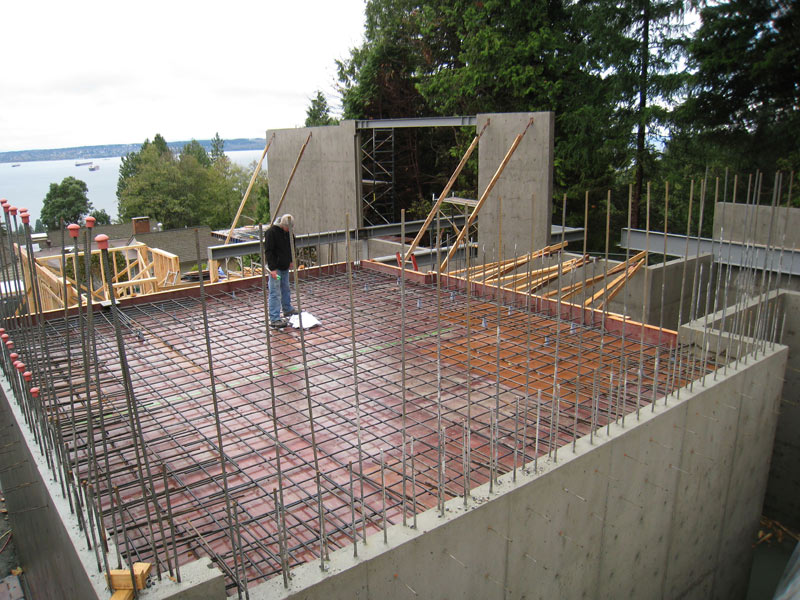
One of the most impactful ways to protect a home from natural disasters is through structural reinforcement. Upgrading to more durable building materials and adopting robust construction methods can significantly enhance a home’s resilience. This might include using reinforced concrete for foundations, installing impact-resistant windows, or choosing heavier roofing materials that can withstand high winds.
Home maintenance plays a critical role in this aspect. Regular inspections can uncover potential vulnerabilities in a home’s structure, such as cracks in the foundation, weak roofing, or deteriorating exterior walls. Addressing these issues promptly not only prolongs the life of the property but also ensures that it remains a safe haven during natural disasters. Homeowners should make a habit of scheduling annual or biannual inspections to keep their homes in optimal condition.
Flood Prevention Strategies
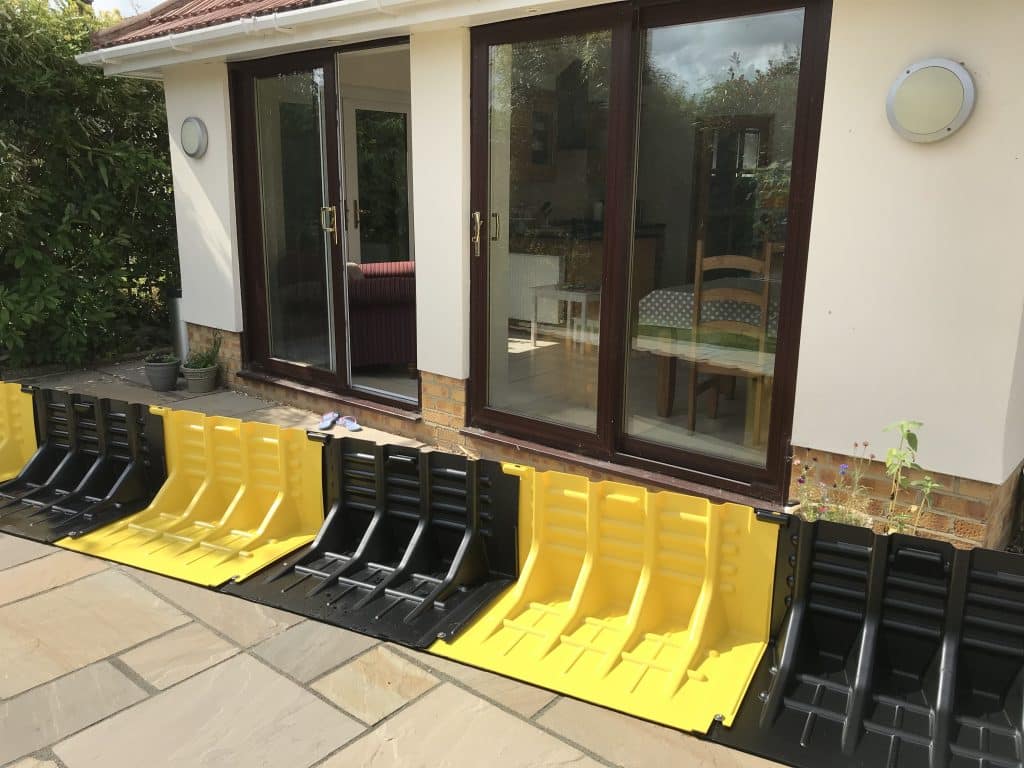
For homes in flood-prone areas, implementing flood prevention strategies is a necessity. This includes installing flood barriers or sandbags around the property to divert water flow, as well as using sump pumps to remove excess water. Landscaping also plays a crucial role; grading the property correctly ensures that water flows away from the home, reducing the risk of flooding.
Waterproofing is another key measure, particularly for basements and lower levels. This might involve sealing walls and floors, installing water-resistant doors, or using waterproof coatings and membranes. By taking these steps, homeowners can greatly reduce the risk of water damage during floods, preserving both the structure of their home and the safety of its occupants.
Fire-Resistant Measures
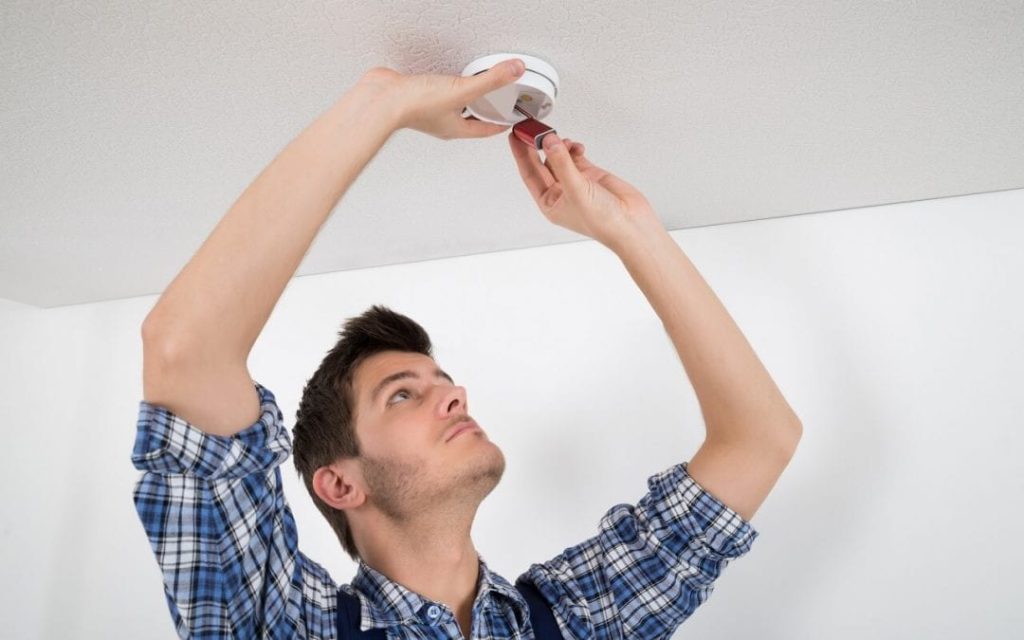
In regions where wildfires are a common threat, adopting fire-resistant measures is essential. Choosing fire-resistant materials for roofing, siding, and decking can significantly reduce the risk of a home catching fire. Creating a defensible space around the property by clearing away dry vegetation and other flammable materials also helps in slowing the spread of fire. Additionally, the installation of fire-resistant shutters can protect windows from intense heat and flying embers.
Equipping the home with smoke detectors and fire extinguishers is equally important. Smoke detectors provide early warnings, essential for evacuation during a fire outbreak. Homeowners should ensure that these devices are in working order and conduct regular checks. Keeping fire extinguishers in accessible locations throughout the home allows for quick response in case of a small fire, potentially averting larger disasters.
Earthquake Preparedness
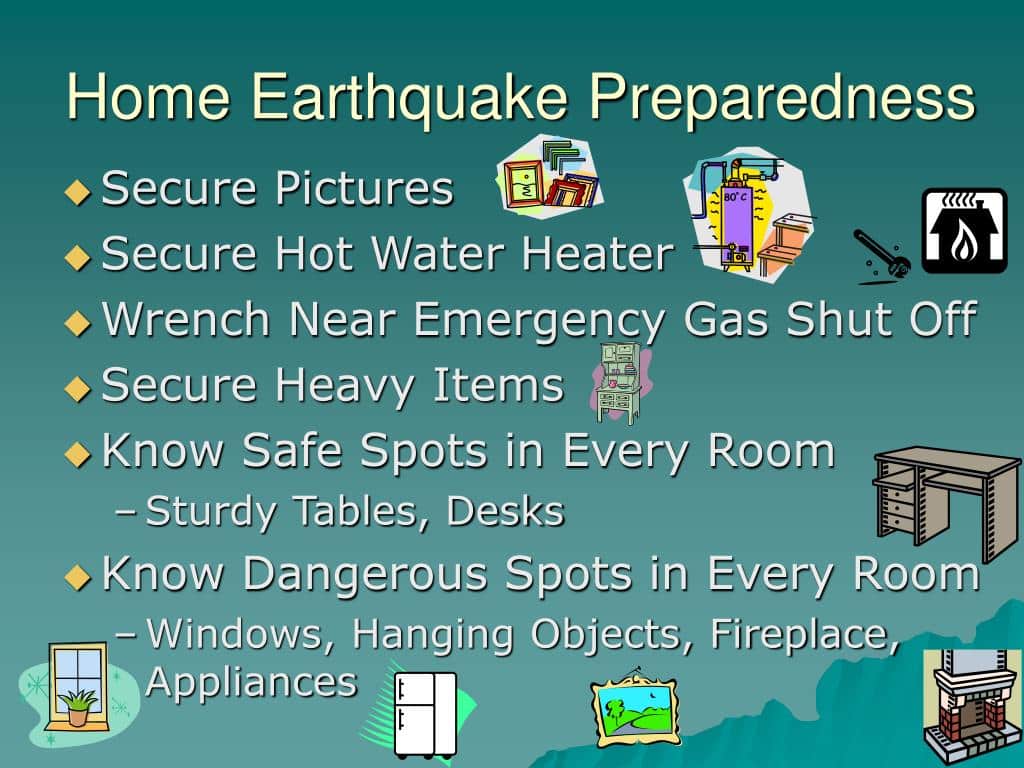
For homes in earthquake-prone areas, ensuring that heavy furniture and appliances are secured is a crucial step in preventing injuries and damage during tremors. This involves anchoring bookcases, dressers, and large appliances to walls and ensuring that heavy objects are not stored on high shelves. Retrofitting the home to improve its earthquake resilience is another vital consideration. This can include foundation bolting, which prevents the home from sliding off its base, and bracing cripple walls to enhance structural integrity.
Homeowners should also consider installing automatic gas shut-off valves to prevent leaks and fires after an earthquake. Having an emergency kit with essential supplies like water, food, and first aid items is recommended. This preparedness not only reduces the risk of damage to the property but also ensures the safety and well-being of its occupants.
Storm And Wind Protection
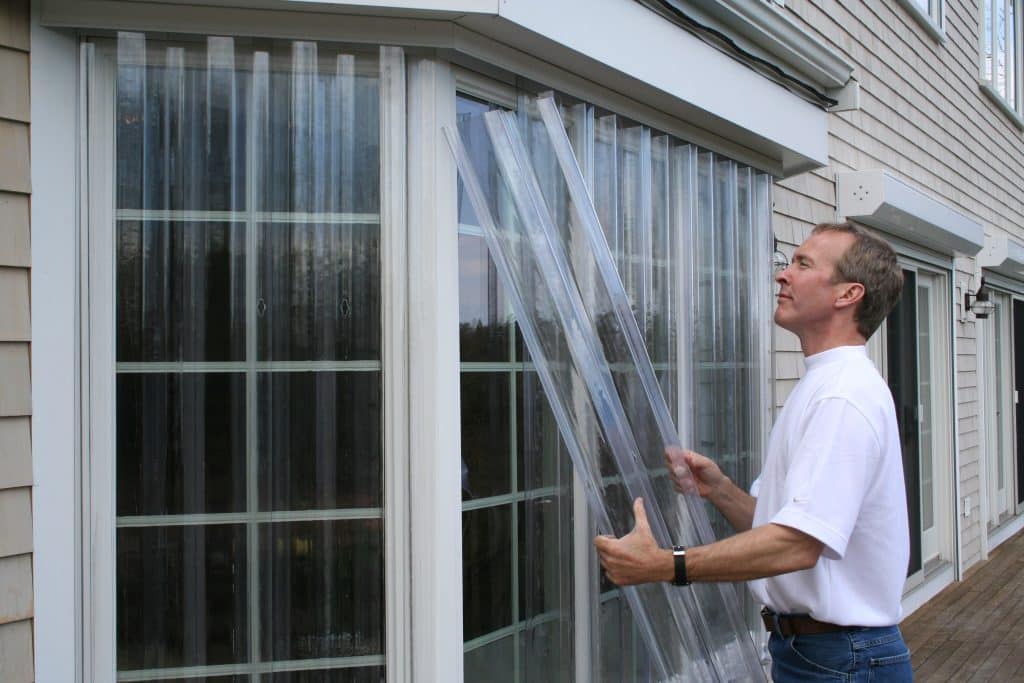
Protecting a home from storms and high winds involves several key strategies. Installing storm shutters is an effective way to shield windows and doors from flying debris. Reinforcing the roof, either by securing shingles or using stronger materials, can prevent significant damage during severe weather. Similarly, reinforcing garage doors and siding can provide additional protection against high winds.
Proper maintenance of the property’s surroundings is also crucial. Regularly trimming trees and removing dead branches can reduce the risk of them falling on the home during a storm. Homeowners should also clear their yards of any items that could become airborne and cause damage during high winds. These proactive steps can significantly mitigate the risks associated with storms and high winds.
Emergency Planning And Supplies
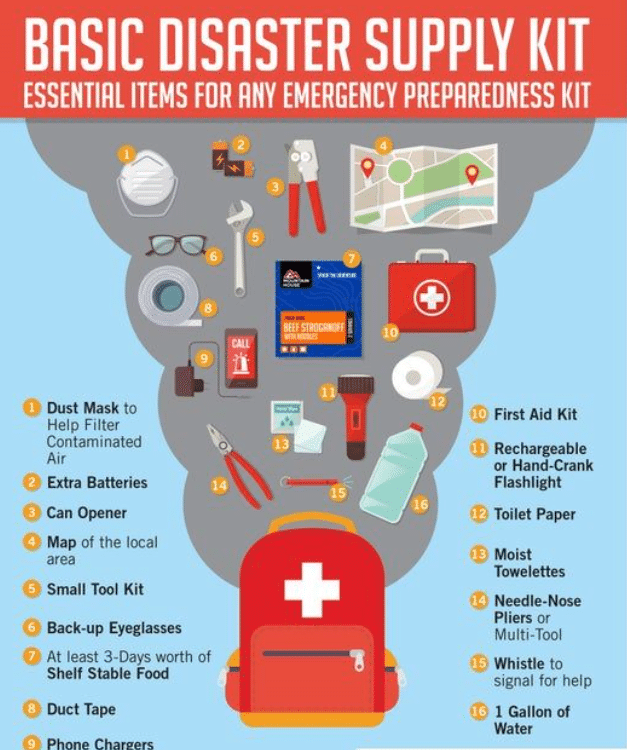
Having a well-thought-out emergency plan is vital for quick and efficient response during a natural disaster. This plan should include designated evacuation routes, meeting points, and a communication strategy for when family members are separated. Homeowners should ensure that all family members are familiar with the plan and conduct regular drills to reinforce it.
Stocking up on essential supplies is another important aspect of disaster preparedness. This includes having a supply of non-perishable food, water for several days, batteries, flashlights, a first aid kit, and a portable radio. For areas with frequent power outages, investing in a generator can provide a critical power source. By being well-prepared, homeowners can ensure their family’s safety and comfort during the aftermath of a natural disaster.
The Bottom Line
In conclusion, protecting a home from natural disasters requires a multifaceted approach tailored to the specific risks of the area. From structural reinforcements and fire-resistant measures to earthquake preparedness and emergency planning, each strategy plays a vital role in safeguarding the property and its inhabitants. Regular maintenance and staying informed about the latest in disaster prevention can significantly enhance a home’s resilience. Ultimately, the peace of mind and security gained from these efforts make them invaluable investments for any homeowner.
